Alive and kicking: 'Conceptual Art in Britain 1964–1979' at Tate Britain
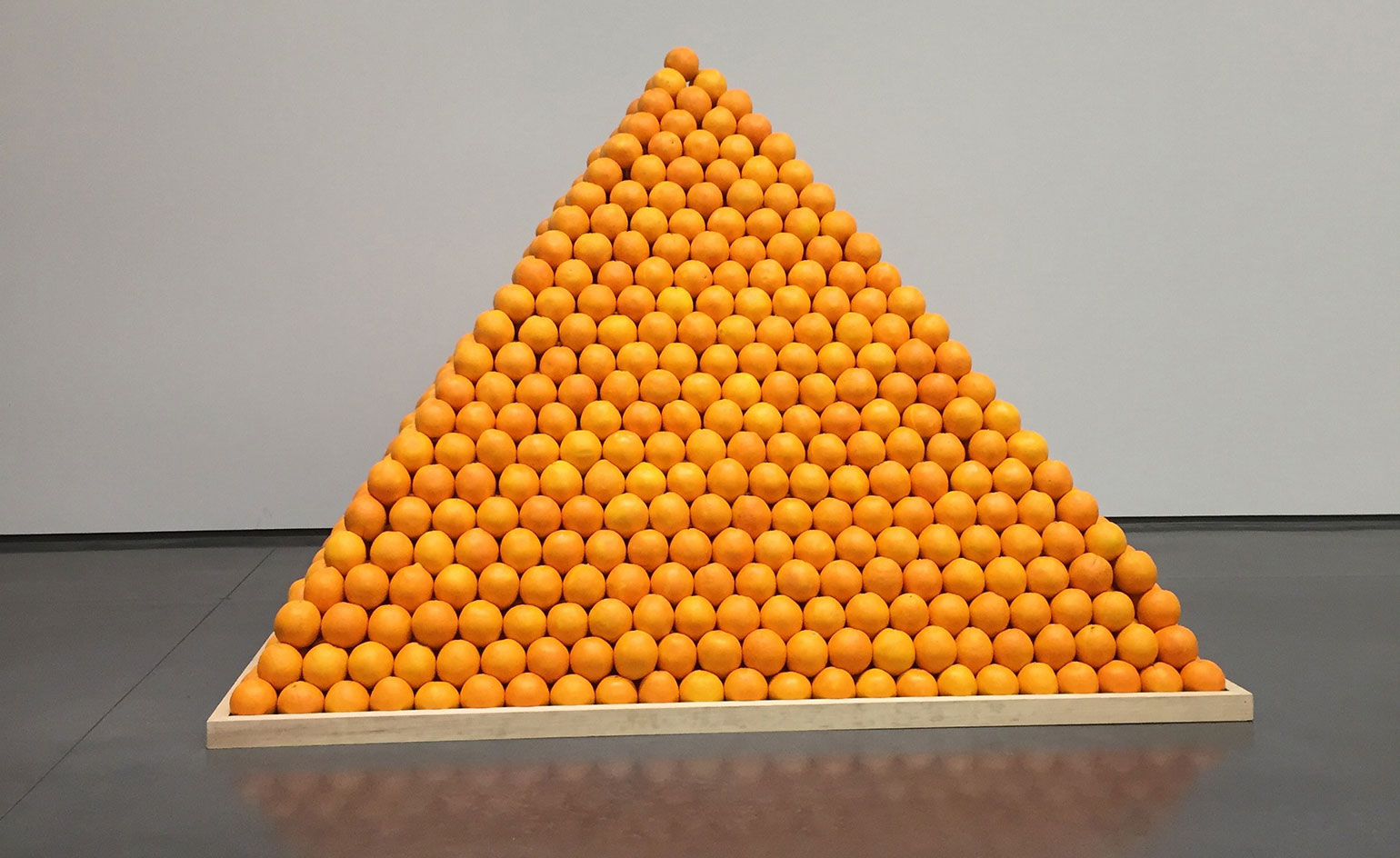
Conceptual art is still alive and well, and an important part of contemporary art. But it really is no longer acceptable to use the terms 'conceptual' and 'contemporary' interchangeably, as a new show at Tate Britain demonstrates.
Though featuring some of the earliest examples of British conceptual art, the show’s dates, 1964–1979, do not span a meaningful period in art history at all. Rather they cover a specific era in British social and political history: the pre-Thatcher Labour government of 1964–1979. The Tate’s incoming director Alex Farquharson calls the show 'the ground zero' of British conceptual art. It helpfully pinpoints where British conceptualism was born (art schools and a handful of London galleries), what artists were reacting against (broadly speaking, modernism), the ideology behind conceptualism and how it sowed the seeds for something so much bigger.
It’s not just the yellowing type-written archive material and David Tremlett’s sound map of Britain, a sculpture featuring 81 cassette tapes, that makes the art here feel dated. Many of the ideas are just so last century. Take Bruce McLean’s Pose Work for Plinths, in which the handsome young artist is seen draping himself ridiculously like a Charlie Chaplin Henry Moore over sculpture plinths. It’s 'an ironic reference to Caro’s rejection of the plinth', the blurb informs us. Remember that word, ironic? Remember a time when it was acceptable for museums to write mind-bending artwork blurbs like, 'Identifying art with disavowal creates an artwork that cancels itself'? This show is full of nostalgia for those days.
It was the era when artists wanted us to 'read' art, rather than look at it. And for that reason the show is drab, colourless, looks more like an archive than a gallery; there are 270 archival objects to 70 artworks. But it’s fun nonetheless. Think of the thrills artists had executing work like Hamish Fulton’s Hitchhiking Times from London to Andorra and from Andorra to London, 1967, and Michael Craig Martin’s glass of water entitled An Oak Tree, from 1973.
It’s a must-see; wear black clothes and an ironic smile, and take it all half-seriously.
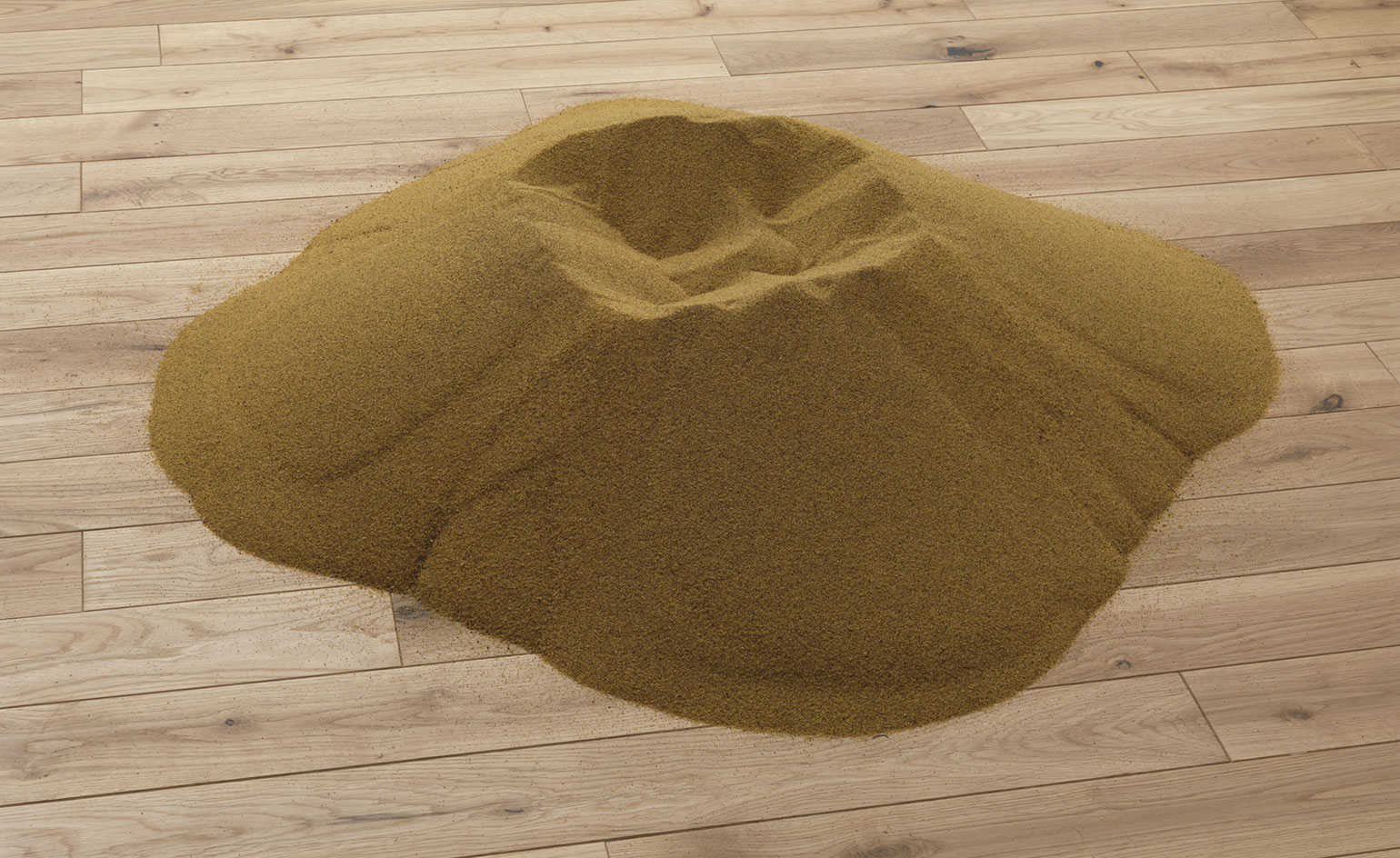
The Tate’s incoming director Alex Farquharson calls the show 'the ground zero' of British conceptual art. Pictured: ringn ‘66, by Barry Flanagan, 1966.
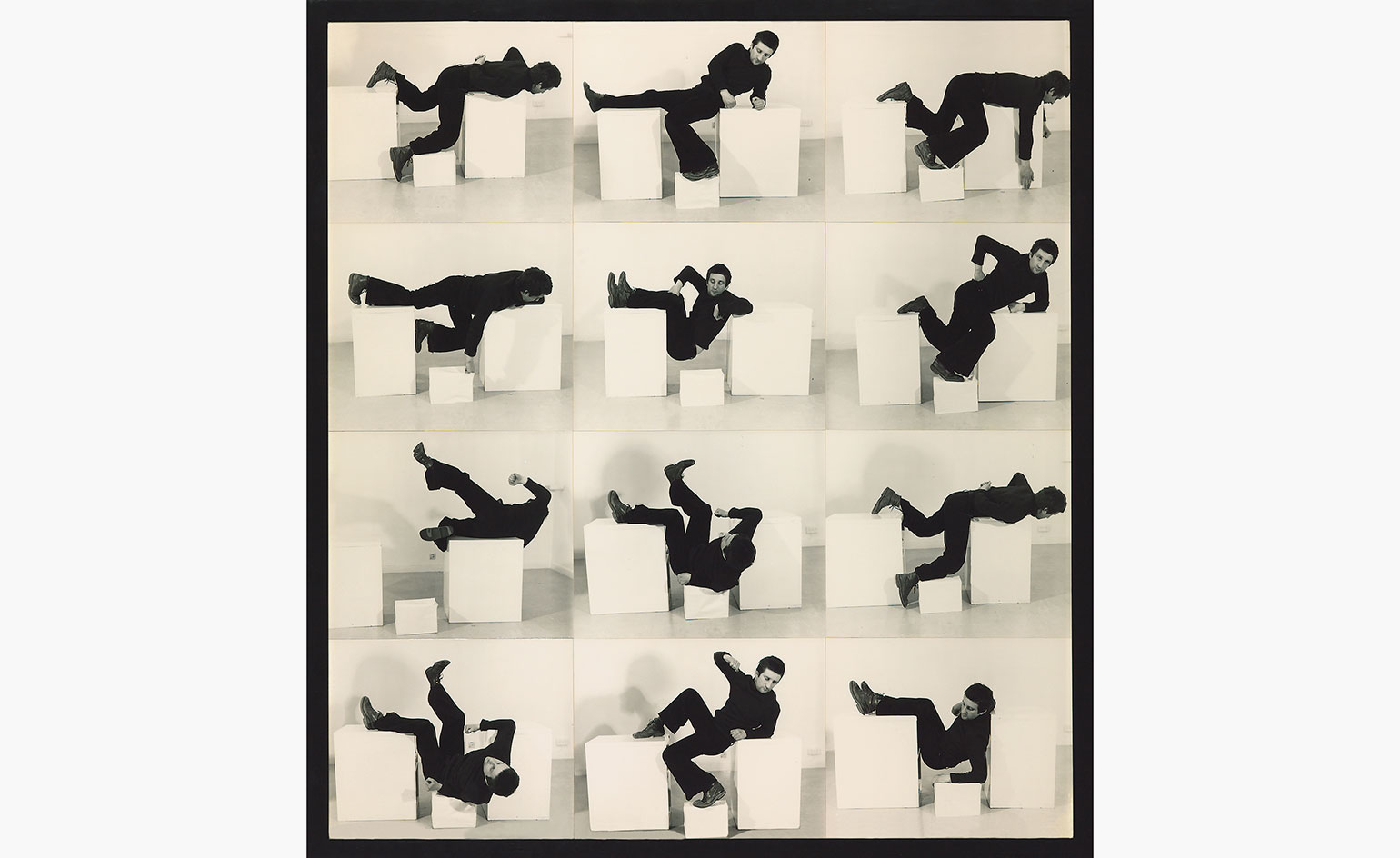
Pose Work for Plinths 3, by Bruce McLean, 1971.
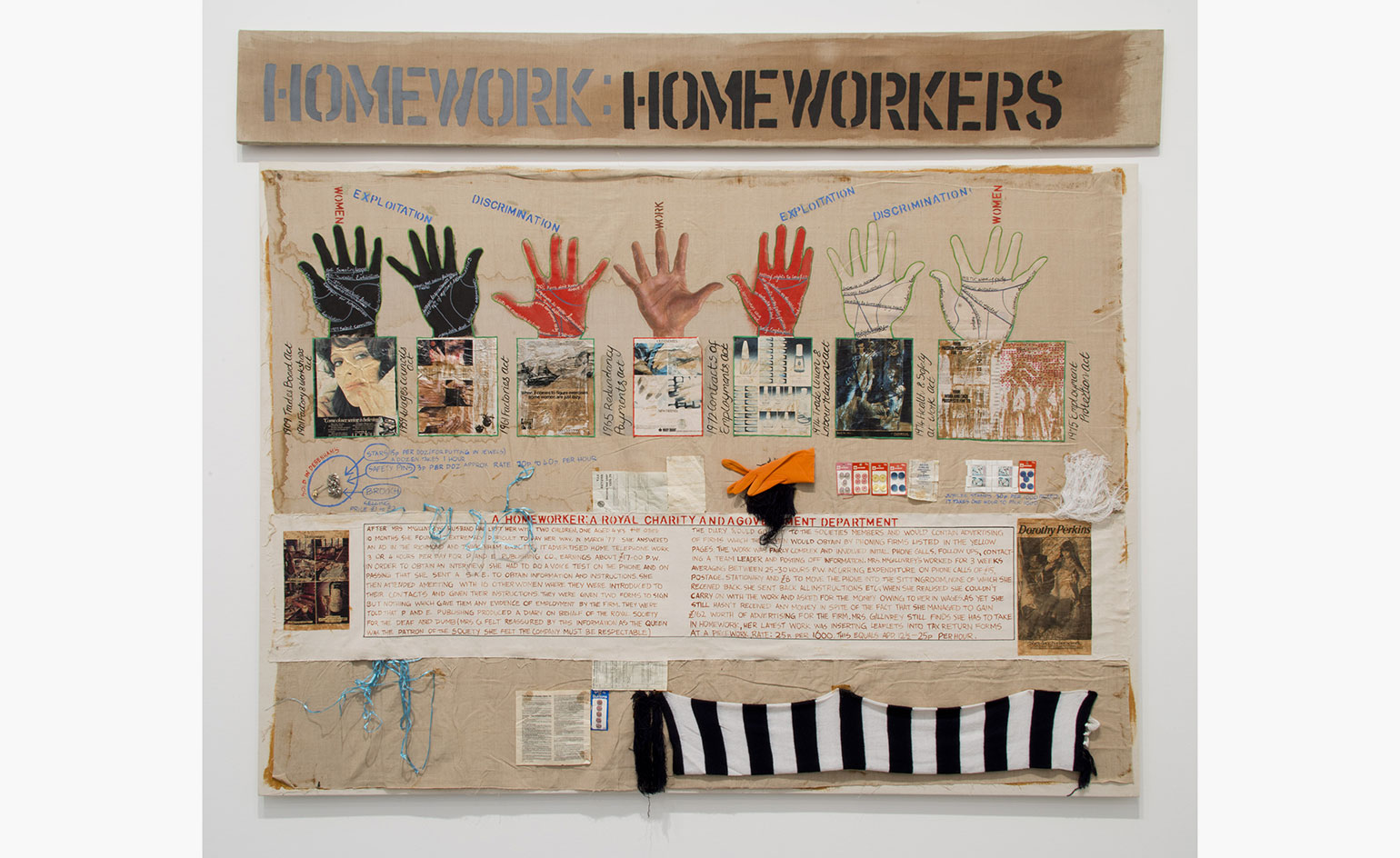
Homeworkers, by Margaret F Harrison, 1977.
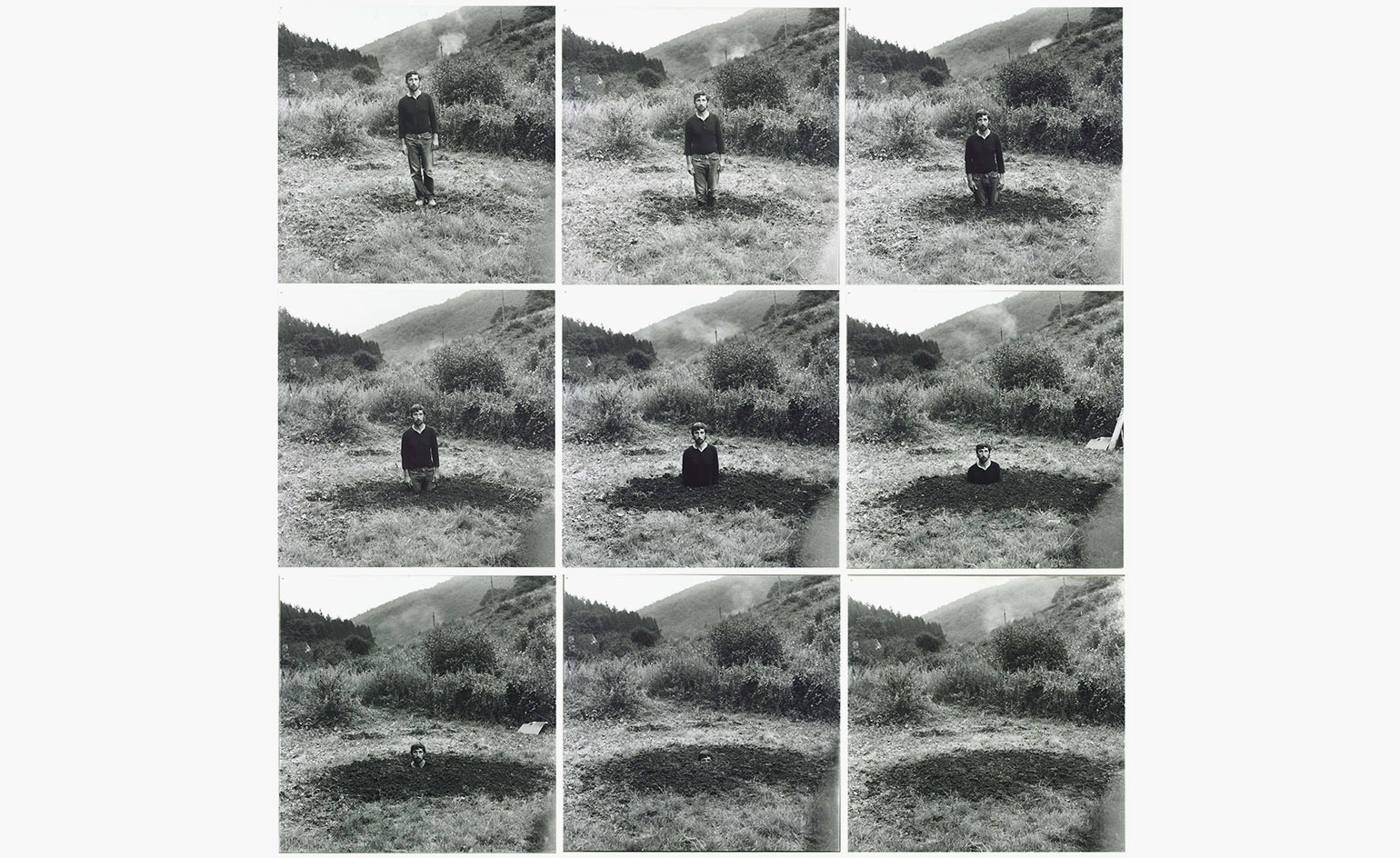
Self-Burial (Television Interference Project), by Keith Arnatt, 1969.
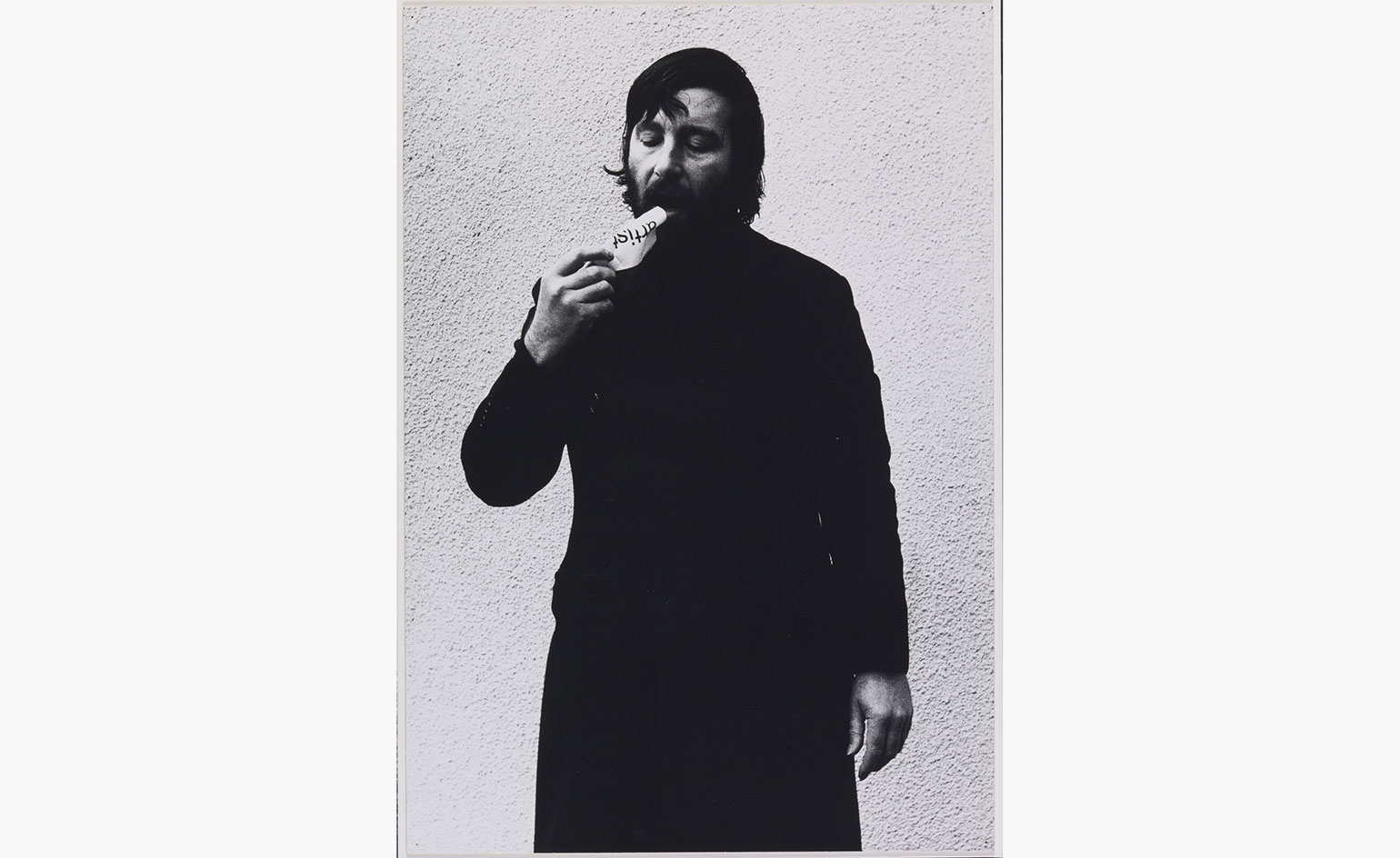
Art as an Act of Retraction, by Keith Arnatt, 1971.
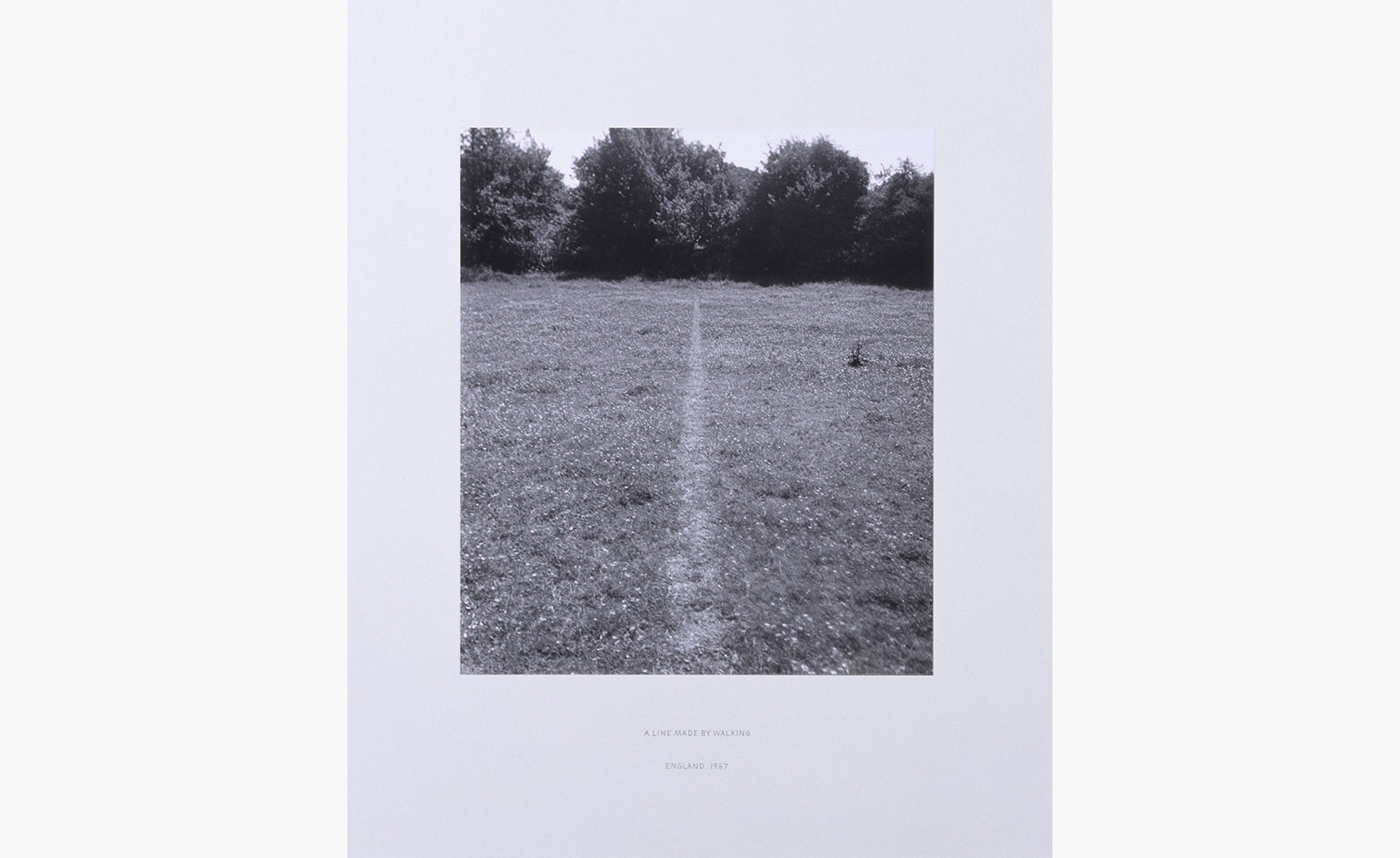
A Line Made by Walking, by Richard Long, 1967.
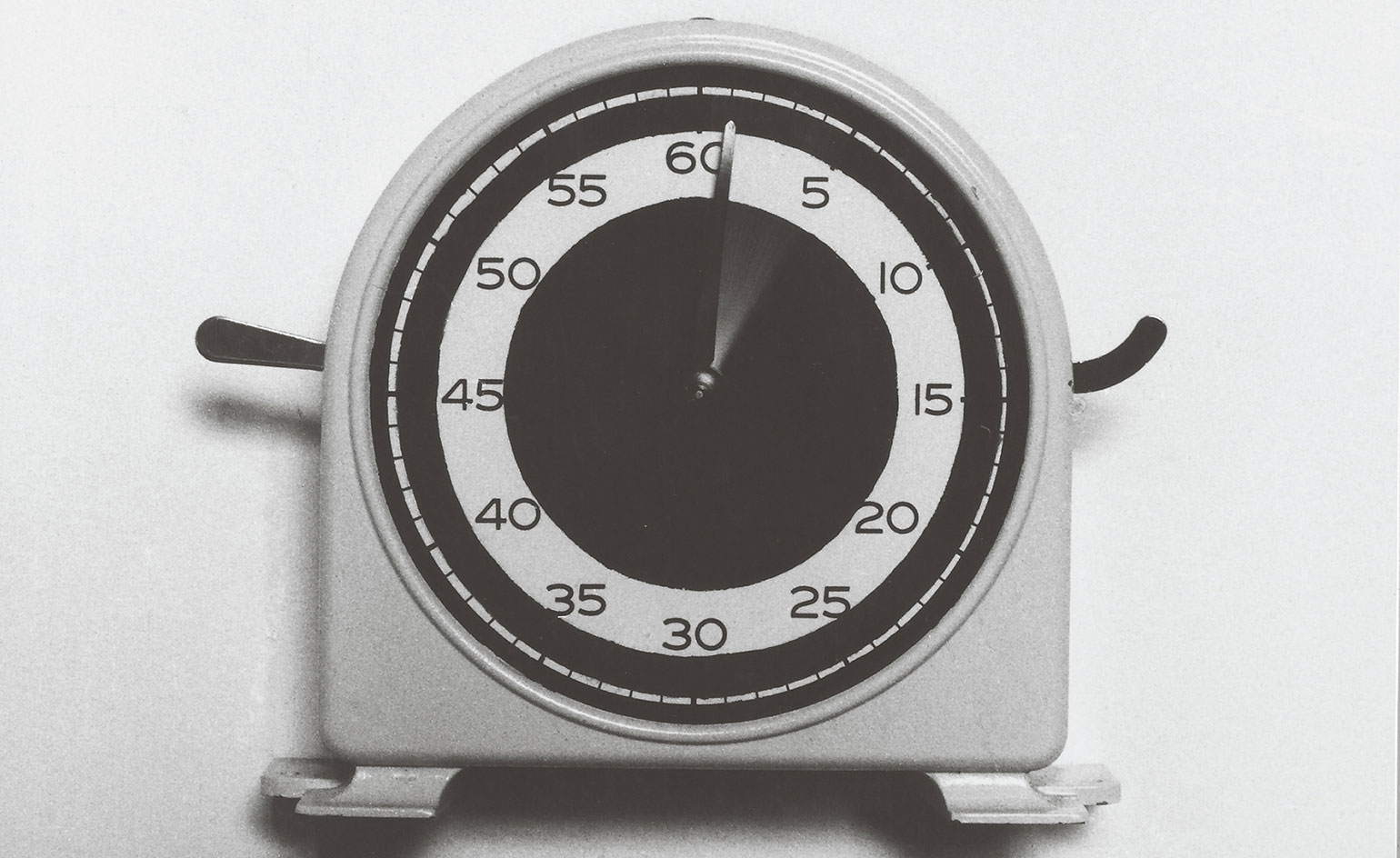
Sixty Seconds of Light (detail), by John Hilliard, 1970.
INFORMATION
’Conceptual Art in Britain 1964–1979’ is on view until 29 August. For more information, visit Tate Britain’s website
ADDRESS
Tate Britain
Millbank
London, SW1P 4RG
Receive our daily digest of inspiration, escapism and design stories from around the world direct to your inbox.
-
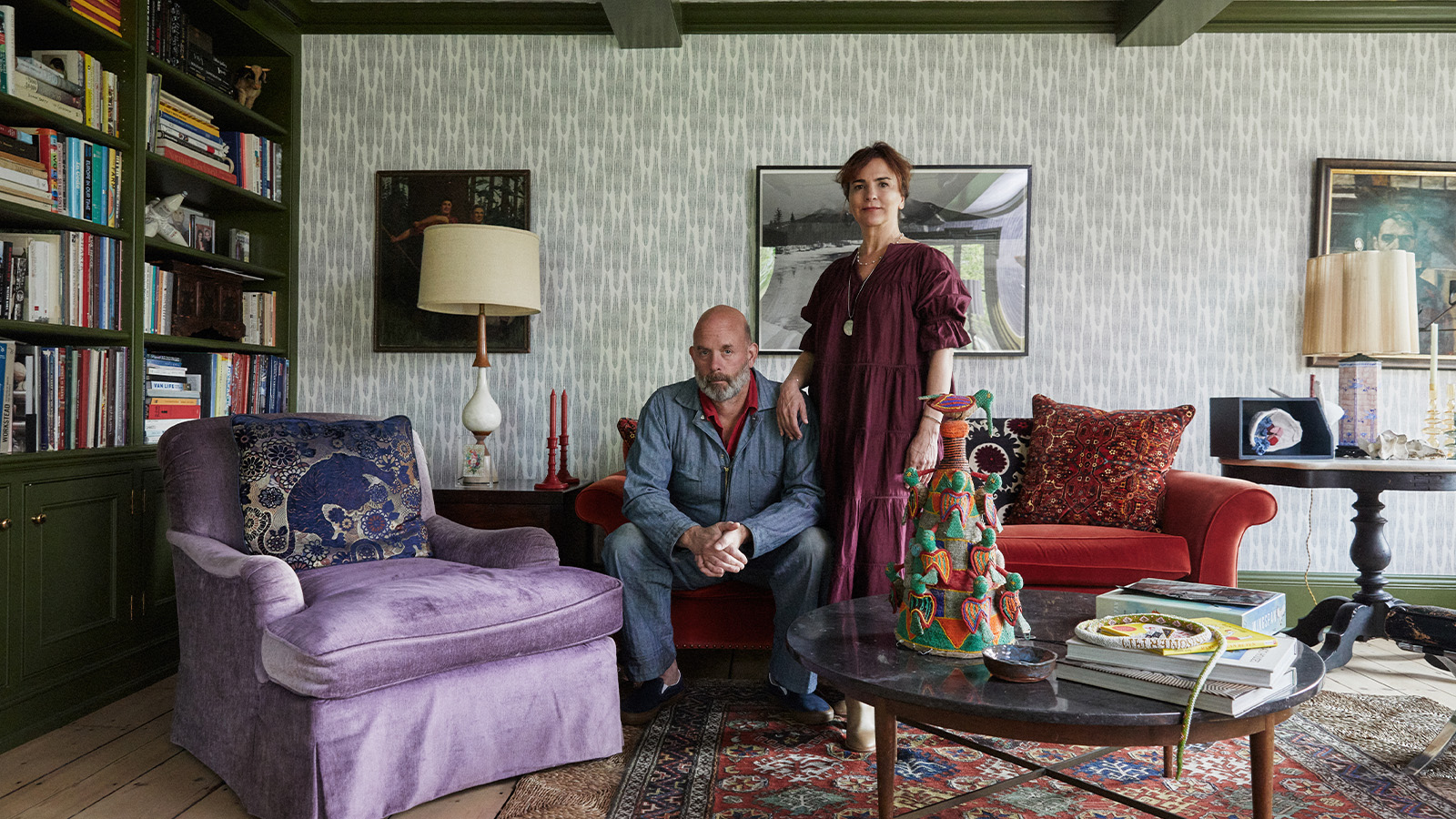 How We Host: Interior designer Heide Hendricks shows us how to throw the ultimate farmhouse fête
How We Host: Interior designer Heide Hendricks shows us how to throw the ultimate farmhouse fêteThe designer, one half of the American design firm Hendricks Churchill, delves into the art of entertaining – from pasta to playlists
-
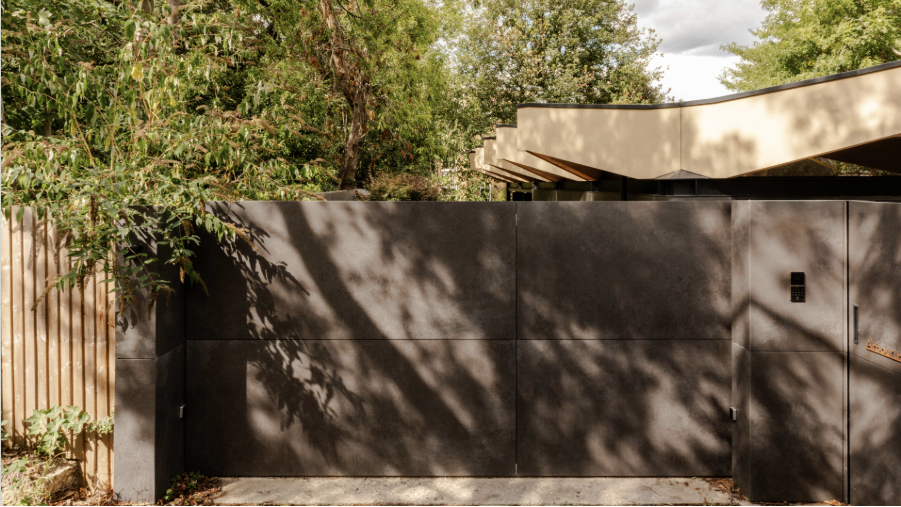 Arbour House is a north London home that lies low but punches high
Arbour House is a north London home that lies low but punches highArbour House by Andrei Saltykov is a low-lying Crouch End home with a striking roof structure that sets it apart
-
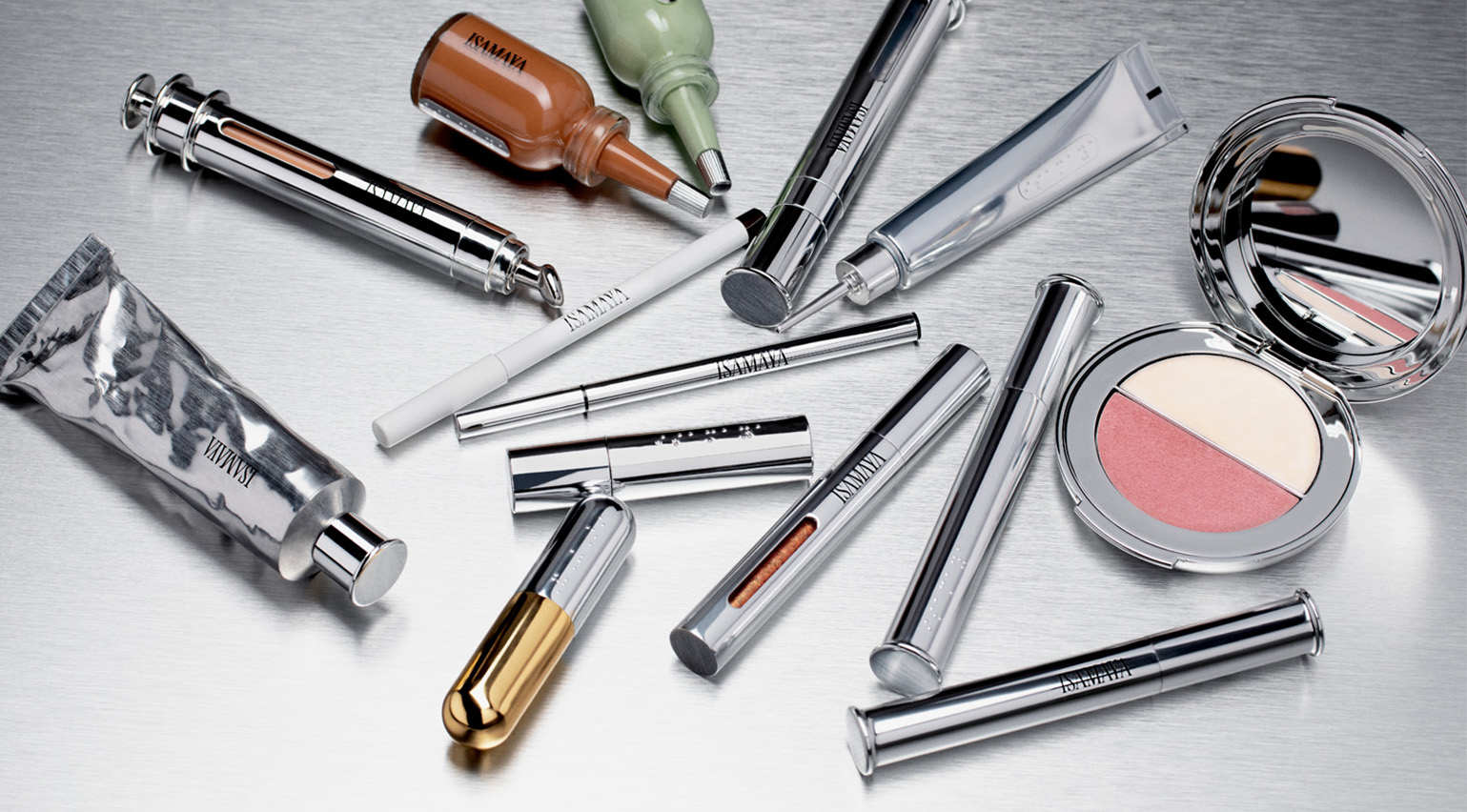 25 of the best beauty launches of 2025, from transformative skincare to offbeat scents
25 of the best beauty launches of 2025, from transformative skincare to offbeat scentsWallpaper* beauty editor Mary Cleary selects her beauty highlights of the year, spanning skincare, fragrance, hair and body care, make-up and wellness
-
 Out of office: The Wallpaper* editors’ picks of the week
Out of office: The Wallpaper* editors’ picks of the weekFar from slowing down for the festive season, the Wallpaper* team is in full swing, hopping from events to openings this week. Sometimes work can feel like play – and we also had time for some festive cocktails and cinematic releases
-
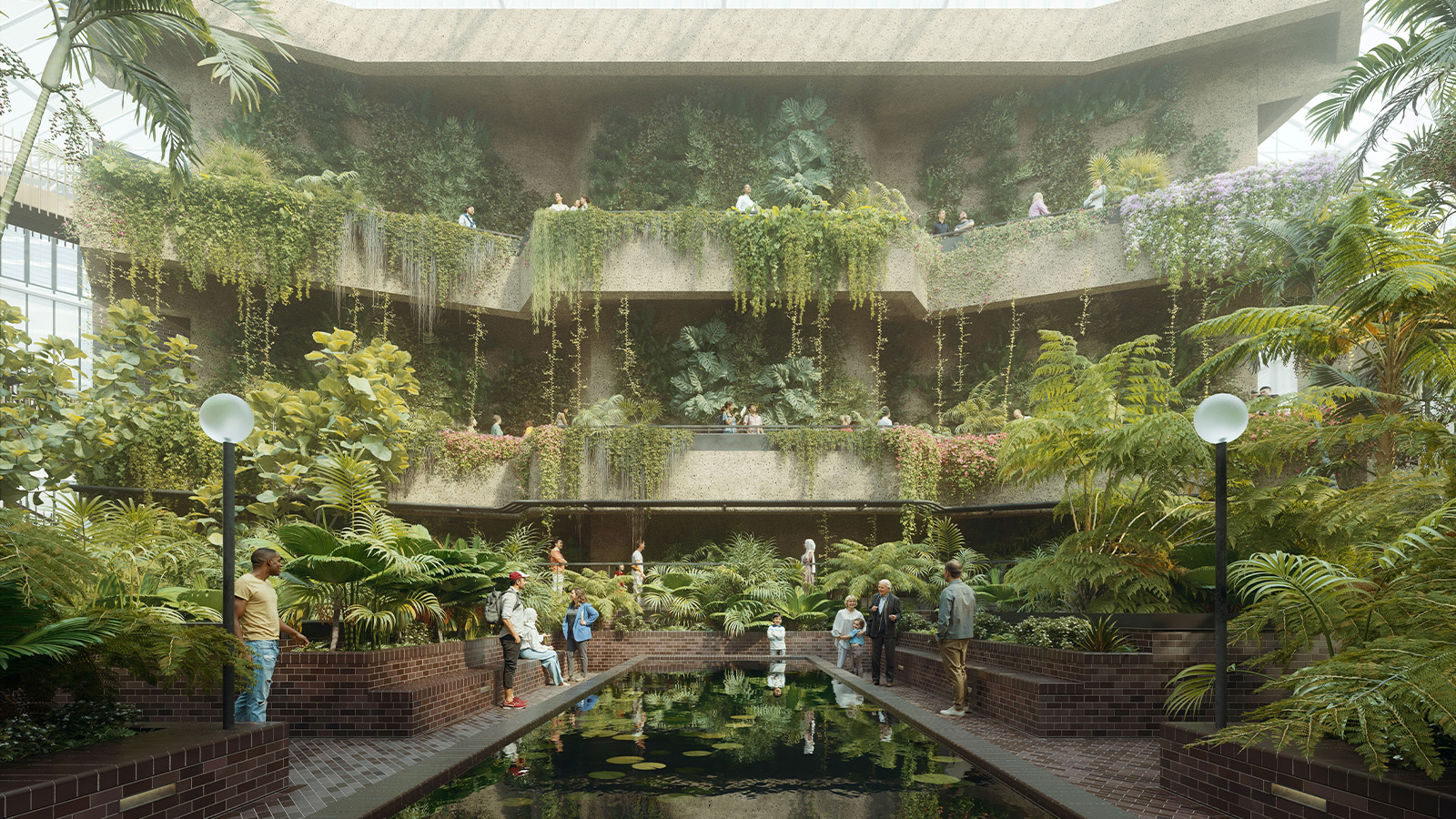 The Barbican is undergoing a huge revamp. Here’s what we know
The Barbican is undergoing a huge revamp. Here’s what we knowThe Barbican Centre is set to close in June 2028 for a year as part of a huge restoration plan to future-proof the brutalist Grade II-listed site
-
 Out of office: The Wallpaper* editors’ picks of the week
Out of office: The Wallpaper* editors’ picks of the weekIt’s wet, windy and wintry and, this week, the Wallpaper* team craved moments of escape. We found it in memories of the Mediterranean, flavours of Mexico, and immersions in the worlds of music and art
-
 Each mundane object tells a story at Pace’s tribute to the everyday
Each mundane object tells a story at Pace’s tribute to the everydayIn a group exhibition, ‘Monument to the Unimportant’, artists give the seemingly insignificant – from discarded clothes to weeds in cracks – a longer look
-
 Out of office: The Wallpaper* editors’ picks of the week
Out of office: The Wallpaper* editors’ picks of the weekThis week, the Wallpaper* team had its finger on the pulse of architecture, interiors and fashion – while also scooping the latest on the Radiohead reunion and London’s buzziest pizza
-
 Out of office: The Wallpaper* editors’ picks of the week
Out of office: The Wallpaper* editors’ picks of the weekIt’s been a week of escapism: daydreams of Ghana sparked by lively local projects, glimpses of Tokyo on nostalgic film rolls, and a charming foray into the heart of Christmas as the festive season kicks off in earnest
-
 Wes Anderson at the Design Museum celebrates an obsessive attention to detail
Wes Anderson at the Design Museum celebrates an obsessive attention to detail‘Wes Anderson: The Archives’ pays tribute to the American film director’s career – expect props and puppets aplenty in this comprehensive London retrospective
-
 Meet Eva Helene Pade, the emerging artist redefining figurative painting
Meet Eva Helene Pade, the emerging artist redefining figurative paintingPade’s dreamlike figures in a crowd are currently on show at Thaddaeus Ropac London; she tells us about her need ‘to capture movements especially’